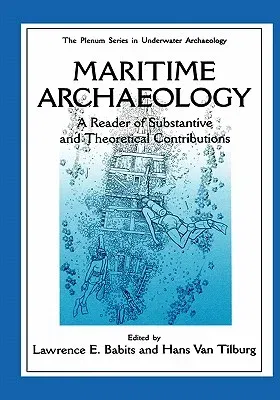Maritime Archaeology: A Reader of Substantive and Theoretical Contributions (1998)Hardcover - 1998, 31 January 1998

Qty
1
Turbo
Ships in 2 - 3 days
In Stock
Free Delivery
Cash on Delivery
15 Days
Free Returns
Secure Checkout

Part of Series
The Springer Underwater Archaeology
Part of Series
Language of Science
Part of Series
Plenum Series in Underwater Archaeology
Part of Series
Springer Series in Underwater Archaeology
Print Length
590 pages
Language
English
Publisher
Springer
Date Published
31 Jan 1998
ISBN-10
0306453304
ISBN-13
9780306453304
Description
Product Details
Book Edition:
1998
Book Format:
Hardcover
Country of Origin:
US
Date Published:
31 January 1998
Dimensions:
25.81 x
18.21 x
4.17 cm
Genre:
Ecology
ISBN-10:
0306453304
ISBN-13:
9780306453304
Language:
English
Location:
New York, NY
Pages:
590
Publisher:
Series:
Weight:
1238.31 gm